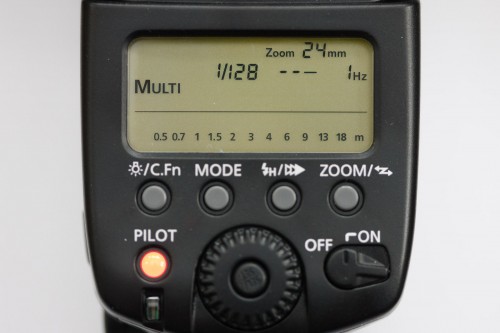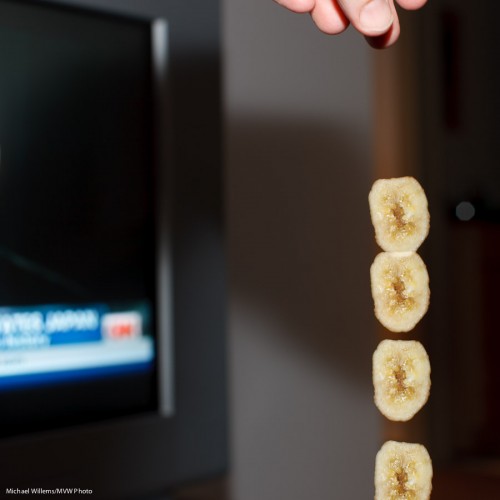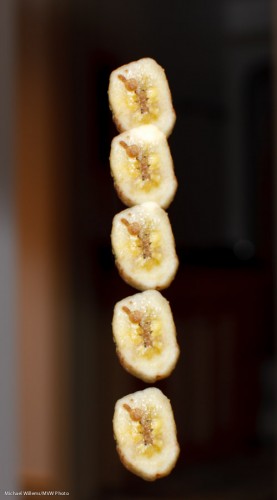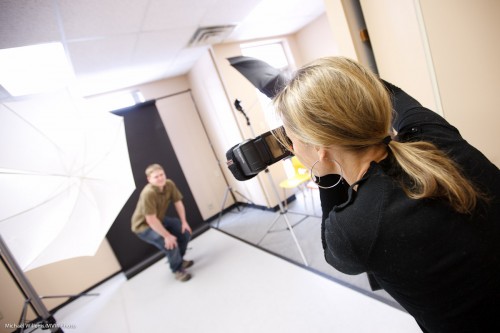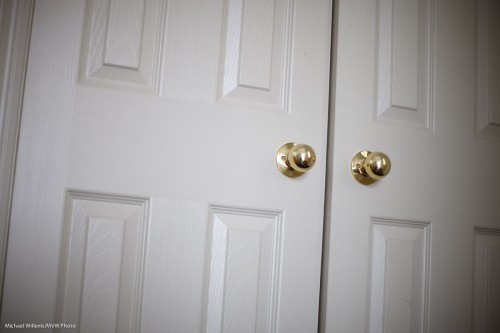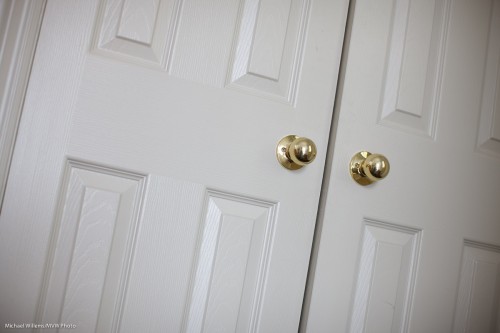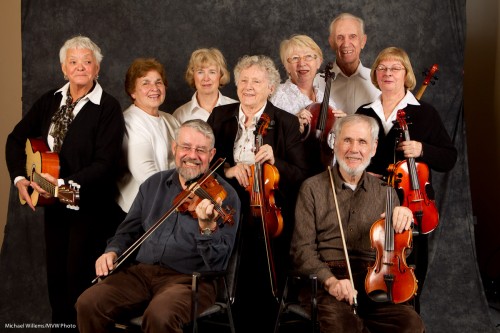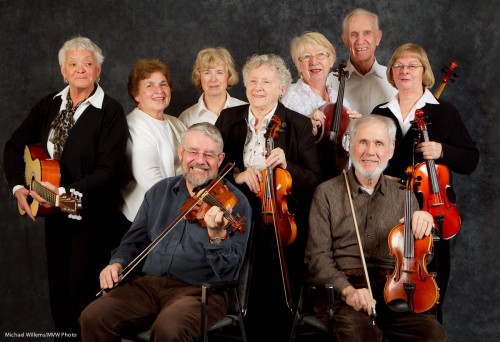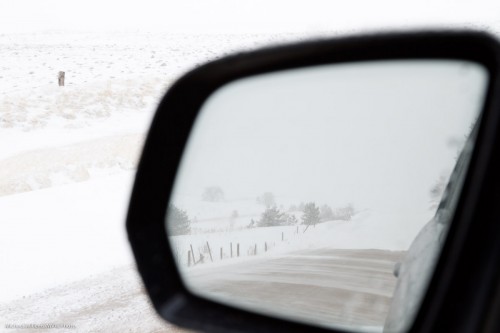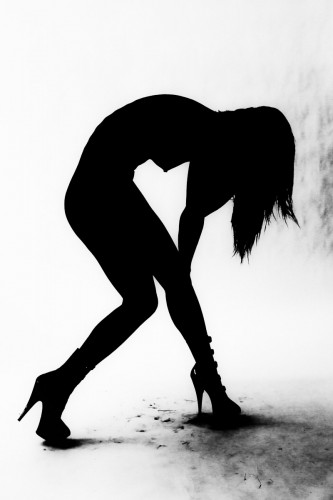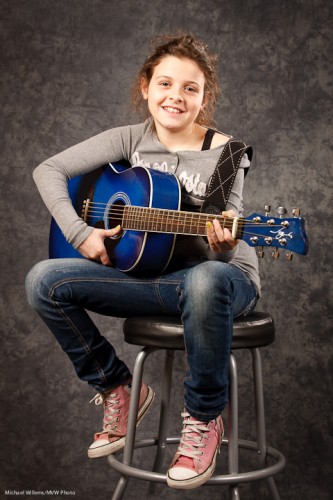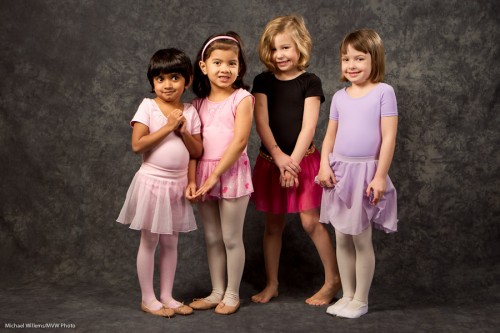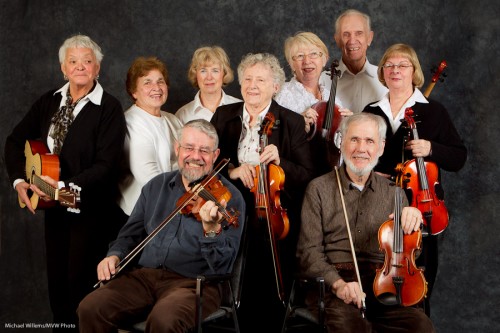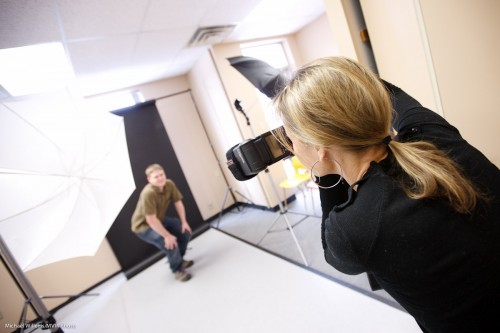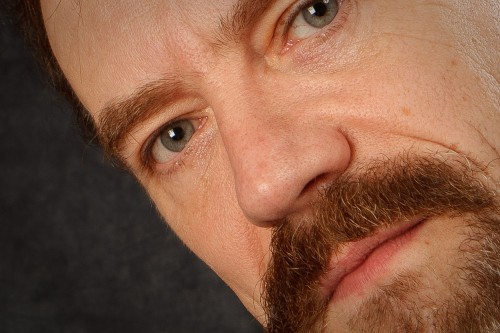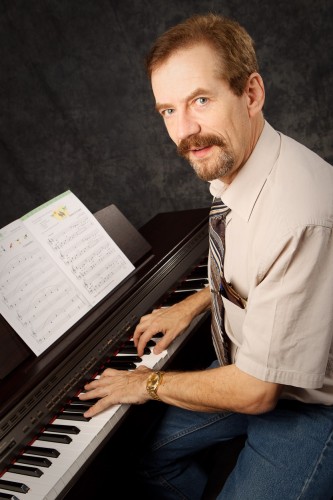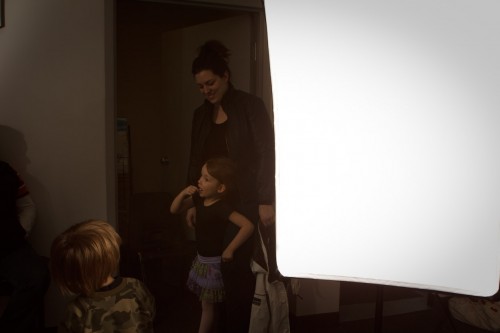…and noise. They have something in common.
Namely, that they both hide in the dark. (As do politicians: Almost three thousand years ago, Greek comic writer Aristophanes wrote “under every stone there lurks a politician”).
Noise hides in the dark – or more accurately, it comes out in the dark – because of what we call the “signal to noise ratio”. Engineers know what this means- it rules their lives. In practical terms, basically it means “if the signal, the thing that carries the information, like a radio signal, or like the light in a photo, is strong compared to the noise in that system, then you won’t hear much noise. If the signal is comparable to the noise, however, then you’ll see or hear a lot of that noise”.
The noise (electronic noise, in a sensor image) is pretty constant, and at a low level. So when the picture is bright, the low level noise is not noticeable because it is so much weaker than the bright bits. But in a dark image, it is very noticeable. This is one reason flash pictures are so good: nice bright light makes the noise hard to see.
This brings me to today’s reader question. Reader Deborah (who I know understands ratios and math) writes:
Saturday’s workshop was a real step forward for me… I won’t bore you with the long list of things that clicked into place for me. Suffice it to say that it was a really happy moment early Sunday morning when I took 10 shots of my cat in my kitchen and got about 8 decent if not good images. And he wasn’t blinking in one of them. …now if you’d only run a model training workshop for pets, all of my cat images would be great 😉
One question is bugging me if you have time to explain it: Flash is often used in combination with high ISO. I usually avoid high ISO because of the noise, but I’m wondering if horrible amounts of noise come not so much from increasing the sensitivity of the sensor but just in general because I only use extreme ISO in very low light conditions where noise/signal ratio is already impossibly bad. So does it make sense that if flash adds a significant amount of light, the poor quality of high ISO won’t be nearly so bad as it might be without flash? In other words, does flash allow us to push the ISO up without sacrificing quality (as much)?
Indeed it does.
First – flash is used in combination with higher ISO -not necessarily high. 400 ISO is not high, and that is a good starting point. Remember, the starting point for indoors flash would be:
- 400 ISO
- f/4.0
- 1/30th second
And in studio flash, it is as low as you can go – 100 ISO, say. So I would not say necessarily very high, But yes, flash does tend to be bright and that means a high signal to noise ratio where you aim the flash. It is also brief, and that means no motion blur. If you like your pictures to be great quality, use flash.
Indeed, turning up ISO in low light causes exactly what you would expect: even more visibility of the already present noise. That is why in night photography, for instance, turning up the ISO is not necessarily the thing to do.
So yes Deborah, your conclusion is correct.
Oh, and that cat? Catnip. One of the great secrets of cat photography.

